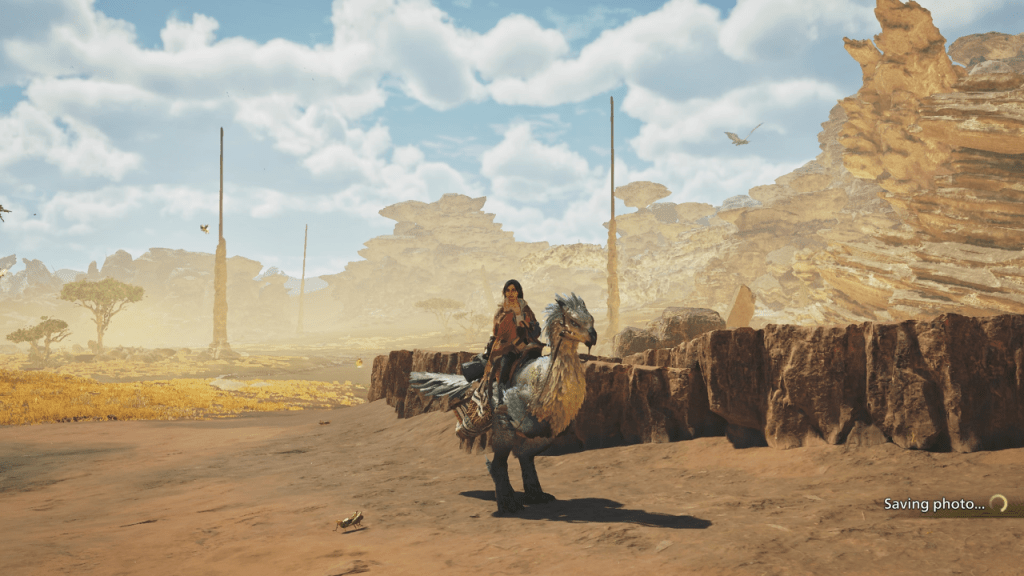In *Monster Hunter Wilds*, the dynamic interplay of seasons and weather in the Forbidden Lands significantly influences both the game's visuals and its gameplay mechanics. Here's a comprehensive look at how these elements shape your hunting experience.
Monster Hunter Wilds Seasons, Explained

*Monster Hunter Wilds* features two distinct seasons: Fallow and Plenty, each dramatically altering the environment of the Forbidden Lands. The game begins in the Fallow season, characterized by a harsh climate and severe weather conditions. During Fallow, resources are scarce, making survival challenging. This scarcity leads to increased aggression among monsters, who frequently clash with each other, adding an extra layer of danger and unpredictability to your hunts.
In contrast, the Plenty season offers a more hospitable environment with warmer temperatures and an abundance of flora. The landscape bursts into color, and the atmosphere is generally more pleasant. Small monsters are less aggressive and less likely to roam in packs, easing the tension of the hunt. The abundance of Endemic Life and various plants during Plenty makes it a time of celebration for both the villagers of the Forbidden Lands and *Monster Hunter Wilds* players alike.
Between these seasons, brief yet intense weather events known as Inclemency occur. These events heighten the intensity of the weather, setting the stage for dramatic encounters with Apex Predators. For instance, the Pinnacle of the Pack Assignment challenges Hunters to battle the Alpha Doshaguma during a fierce Sandtide, a lightning-filled sandstorm. Throughout *Monster Hunter Wilds*, you'll face various unique weather conditions during these high-stakes battles.
How to Check the Seasons and Weather in Monster Hunter Wilds

To stay informed about the current season and weather, *Monster Hunter Wilds* provides useful tools within the game's HUD and map. The HUD displays icons at the bottom left corner, indicating the time of day and current season. For a more detailed view, open your map and press the prompted button to access the Environment Overview, which offers comprehensive information on the prevailing weather and season.
Additionally, Optional Quests in *Monster Hunter Wilds* are set during specific times of day and seasons. When undertaking these quests, you'll temporarily experience the designated environmental conditions, regardless of the current season in the main game.
Related: Monster Hunter Wilds Weapon Tier List (Best Weapons to Use)
How to Change the Season and Weather in Monster Hunter Wilds
Given the significant impact of seasons on the flora and fauna of the Forbidden Lands, you might find it advantageous to switch between Fallow and Plenty depending on your hunting needs. Fortunately, *Monster Hunter Wilds* allows you to manipulate the seasons and weather.
To change the season and weather, set up your tent and rest. Navigate to the BBQ Menu, then select Rest. Here, you can adjust the Environment and Time settings for when your Hunter wakes up. However, resting comes with a cost of 300 Guild Points and is only available to High Rank Hunters. Note that you cannot rest during an active quest.
That's a complete guide to understanding and managing seasons and weather in *Monster Hunter Wilds*.
*Monster Hunter Wilds is available now on PlayStation, Xbox, and PC.*








